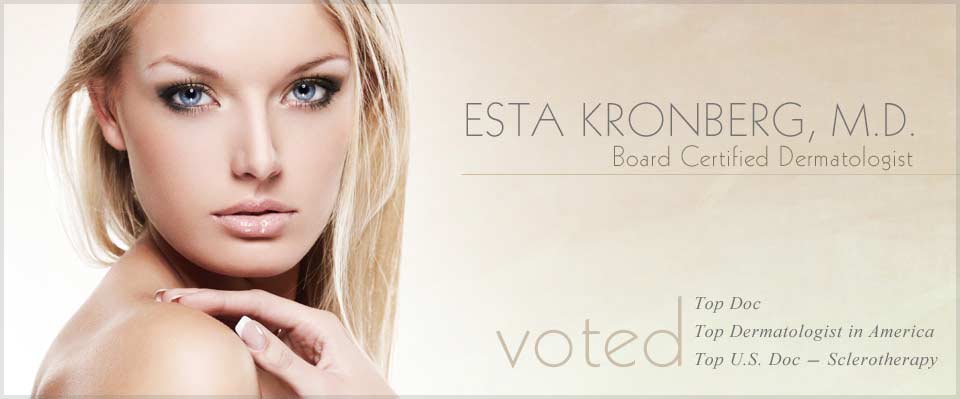 Often a little bit done over a longer period of time is better than trying to a lot in one fell swoop. Dr. Kronberg certainly believes this is true when it comes to chemical peels. She recommends the gentle action and results of glycolic peels.
Often a little bit done over a longer period of time is better than trying to a lot in one fell swoop. Dr. Kronberg certainly believes this is true when it comes to chemical peels. She recommends the gentle action and results of glycolic peels.
What is a glycolic peel?
Glycolic peels are classified as superficial peels. The main ingredients in glycolic peels come from natural sources such as sugar cane, pineapple, beets, grapes, and cantaloupe. All of these fruits produce carboxylic acids. Dr. Kronberg prefers using glycolic acid, which is derived from sugar cane, for her peels. We use a 50% concentration of medical strength glycolic acid in our peels.
What do glycolic peels address?
Our glycolic peels quickly, gently, and microscopically exfoliate the skin. These peels help eliminate poor skin tone, mottled pigmentation, fine lines, scars, acne, and blackheads. They also help control oiliness.
Compared with deeper peels
Dr. Kronberg doesn’t recommend “deeper peels.” Why? Peels involving trichlorocetic acid and phenol acid have significant risk and require downtime as the skin recovers from the intense damage caused by these strong acids. With deep peels, the patient can suffer scarring, keloids, hyperpigmentaiton, hypopigmentation, permanent allergies, and infection.
In contrast, glycolic peels have no downtime because they work on a more microscopic level. Repeated treatments are required, but they all imitate your body’s natural exfoliation cycles. These peels simply speed up the process. Deeper peels go far beyond those levels of penetration.
Afterwards
In contrast to the severe crusting and pain associated with deep peels, glycolic peels don’t result in any pain. The skin may appear red for a couple of days afterwards and the skin will lightly peel. But that’s about it.
Come in and brighten your skin with a glycolic peel. Call us at 713-771-8941 to schedule your appointment.





No comments yet.